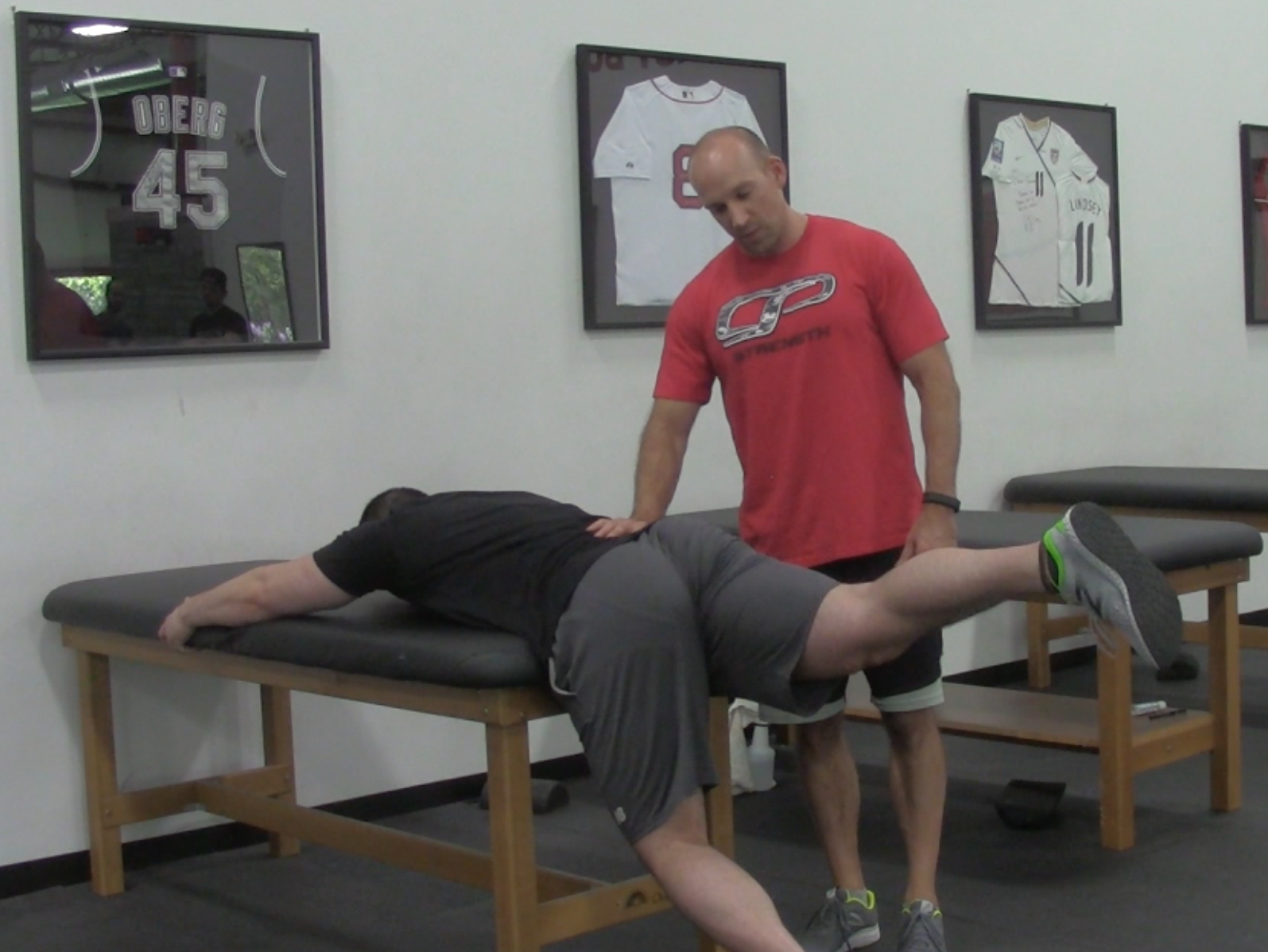
Random Thoughts on Sports Performance Training: Installment 39
It’s time for this month’s installment of my random thoughts on sports performance training. In light of this week’s $50 off sale (ending Sunday night) on Mike Boyle’s outstanding resource, Complete Youth Training, I thought I’d focus this edition on the training of young athletes.
1. Warm-ups are important in youth sports, too.
If you’ve read this blog over the years, you’ve surely appreciate that I’m a big advocate for high quality warm-ups as a means of optimizing subsequent performance and reducing the risk of injury. However, I have to admit that most of my writing in this regard has been focused on more advanced – and older – populations, whether it’s in baseball, strength training, or any other athletic discipline. Meanwhile, some of the youth sports warm-ups you’ll see are far from comprehensive – and that’s if they’re actually present at all.
Fortunately, I now have a chance to correct this oversight by highlighting a recent meta-analysis, “Effectiveness of Warm-Up Intervention Programs to Prevent Sports Injuries among Children and Adolescents.” You can check out the full text HERE. The brief synopsis of a ton of hard work by Ding et al. is that across 15 meticulously-selected studies of 21,576 total athletes (ages 7-18), a 15-20 minute warm-up reduced injury by 36%.
Beyond the obvious benefits of staying healthy, what’s interesting about this outcome to me is that a variety of different warm-up initiatives worked to deliver this injury reduction. In older, more trained populations, more of the benefits are likely coming from increases in body temperature and, in turn, tissue extensibility. Conversely, in a younger, more untrained population we see in this meta-analysis, you’re probably getting more chronic protection from injury because the warm-ups are delivering actual training effects: improved balance, added strength, optimized landing mechanics, and a host of other factors.
This makes me think that we can always benefit from “microdosing” important training initiatives with our athletes, and warm-ups are one avenue through which coaches can do so. It’s interesting to consider whether the benefits would have been as pronounced if the drills were done at different times, but adaptation is adaptation, and the warm-ups are probably the best way to guarantee accountability in the group environment.
2. Ground-to-Standing Transitions may be the lowest hanging fruit for young athletes.
One of my closest childhood friends grew up on a farm. I’ll never forget the first time I went to help him with baling hay; we basically walked/rode around a giant field for six hours, picking up and stacking these on the back of a truck.
I didn’t bother to look up the weight of each until now, but apparently it ranges from 40 to 75 pounds. And, it would explain why my entire body was sore for about a week. Perhaps unsurprisingly, that same friend was a good three-sport athlete and state champion in wrestling. Obviously, the farm taught him how to consistently work hard. However, I can’t help but think that the fact that most of those physical tasks – from baling hay, to feeding animals, to digging – all involve low to high force transfer – which isn’t much different than a lot of athletic endeavors. If you don’t live on a farmer, what are some good ways to challenge this dynamic in training beyond just the Turkish Get-up?
As you can see, these patterns can be trained at low and high speeds, with and without external load.
3. Global strength can be a means to accessing other patterns and reducing injury risk.
In another recent study, Relationships between Hip Strength and Pitching Biomechanics in Adolescent Baseball Pitchers, Albiero et al. delivered some interesting findings that aren’t altogether surprising. Now, please keep in mind that I don’t think that some non-weight-bearing dynamometer strength tests provide the most accurate reflection of functional carryover to performance, but in this particular study, they help to verify things that we probably already know:
a. Improved hip extension strength in throwers (shockingly) improves hip extension in the pitching delivery.
b. More hip extension strength is correlated with increased hip-shoulder separation.
c. Good hip-shoulder separation helps athletes translate pelvis rotational torque to the upper extremity.
d. Not surprisingly, previous research has demonstrated that increased hip-shoulder separation has previously been associated with higher pitching velocity and decreased humeral rotation torque and valgus elbow load.
The take-home message? Young pitchers need to get strong into hip extension to throw hard and stay healthy – and this benefit is likely delivered through hip extension’s impact on “setting up” hip-shoulder separation. There’s definitely a point of diminishing returns on hip extension ROM/strength and these benefits won’t be further conferred on advanced pitchers, though.
Closing Thoughts
I could go on and on about lessons learned in training young athletes (and I might, at a later date), but in the meantime, I’d strongly encourage you to check out Mike Boyle’s resource, Complete Youth Training. I loved this product as both a strength and conditioning coach and a parent. Mike did a tremendous job of outlining the problems in the current youth sports landscape while also including practical solutions to these concerns. You can learn more – and get $50 off through Sunday at midnight – HERE.





